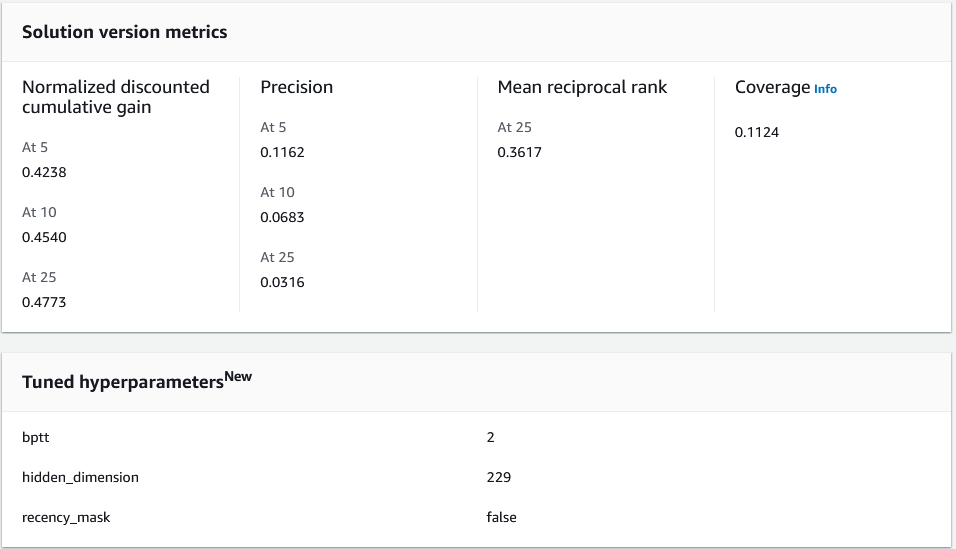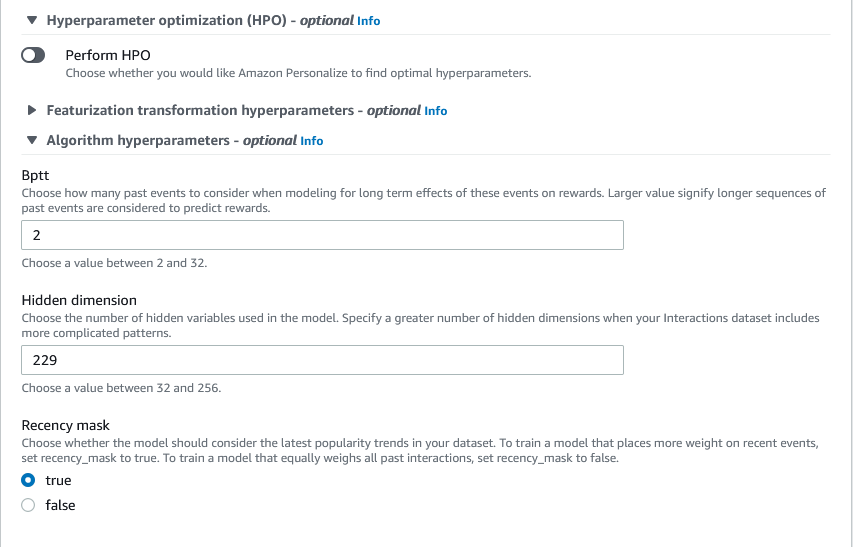Consumers are becoming increasingly used to dynamic experiences for products they use. The only way to meet this demand is by leveraging data to deliver hyper-personalized experiences. Succeeding at personalization and recommendations are ways to form stronger relationships with customers and develop deeper consumer insights.
Despite the benefits, adopting machine learning can be a difficult and time-consuming process with mixed results. In this post, we will discuss our real-world use case and how Amazon Personalize can accelerate deeper insights and enable stronger customer relationships.
Problem statement
We had an inventory of a travel aggregator containing the travel history of consumers across the country.
The business use case required to be solved are
- To achieve a higher check-out ratio for the travel aggregator.
- Reduction in the discount coupons issued to the users so that specific set of coupon campaigns are targeted to specific set of customers.
Looking at the data, we need to recommend the products at a user level with their past interactions. The training data consisted of 10 million rows with more than 20 interactions per user. Using this training data, we were needed to get recommendations for every individual user.
Amazon Personalize
Amazon Personalize is a fully managed, machine learning (ML) based service that enables organizations to efficiently add real-time personalization to their application. It democratizes machine learning development by leveraging the power of the same technology used at Amazon.com, making it a hassle-free experience.







